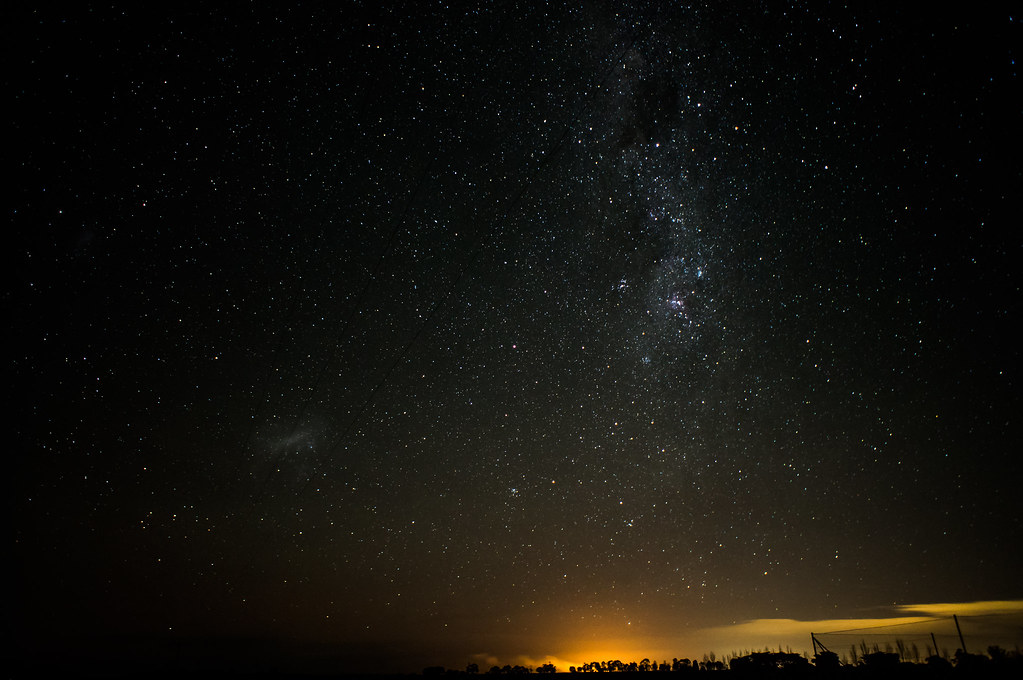Researchers at the University of Sydney report that many cosmic bodies emit electromagnetic waves of different lengths. Along with the tremendous advances in radio astronomy, a wide field of research has been developed for objects that emit radio waves – pulsars, supernovae, or starbursts.
However, the observations just described in the “Astrophysical Journal” by researchers from Australia and colleagues from other countries are difficult to interpret.
“The strangest thing that has been discovered about the signal is that it has strong polarization. This means that the light only oscillates in one direction, but that direction oscillates over time. The brightness of the object changes drastically – by a factor of 100. The signal is played at random and we’ve never seen anything like this before,” says lead author of the study, Ziteng Wang.
“At first, we thought it was a pulsar – a very dense, rotating, dead star – or a star with strong volcanic eruptions. However, the signal from the new source does not match what we expect from these objects” – says the expert .
The discovery is the result of the Variable and Slow Transients Research Program (VAST), which aims to search for unusual objects with the help of CSIRO’s ASKAP telescope in Australia.
“Looking at the center of the galaxy, we found ASKAP J173608.2-321635 – named after the coordinates. This object is unique, at first it was invisible, then it became bright and dark and reappeared. This is a very unusual behavior” – says the professor. Tara Murphy, co-author of the post.
The unusual object cannot be seen in the visible wave range.
Subsequent research with the help of other radio telescopes brought even more surprises. For example, the signal expired in one day, even though it had been there for weeks before. The researchers are confused as they try to find answers.
“The information at our disposal reveals some features in common with another new class of mysterious objects known as central galactic radio transients (GCRTs), including one called the cosmic crater.” – says the professor. David Kaplan of the University of Wisconsin-Milwaukee.
“While the new ASKAP J173608.2-321635 has features in common with GCRT, there are also differences. We don’t really understand these sources, so the number of secrets is growing,” he adds.
Perhaps new answers will be provided by future research with more powerful tools. “Within a decade, an intercontinental radio telescope Square Kilometer Array (SKA) will be created. It will allow to create accurate maps of the sky every day” – noted Professor K. Murphy.
“We expect that the power of this telescope will help us solve puzzles such as those related to the recent discovery. It will also open up vast areas of space for research in the field of radio waves” – confirms the specialist.
More information on the page: https://iopscience.iop.org/article/10.3847/1538-4357/ac2360





More Stories
Nvidia GeForce RTX 4090: AIDA64 gets Ada spearhead support
Rogue Trader – Details about the first cRPG in the series – CD-Action
t3n – Digital Pioneers | digital business magazine